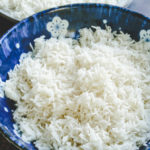
Perfect basmati rice is fluffy, soft, light and tender with each grain of rice, perfectly separate. This recipe makes the perfect basmati rice every single time you make it, just like at your favorite Indian restaurant.
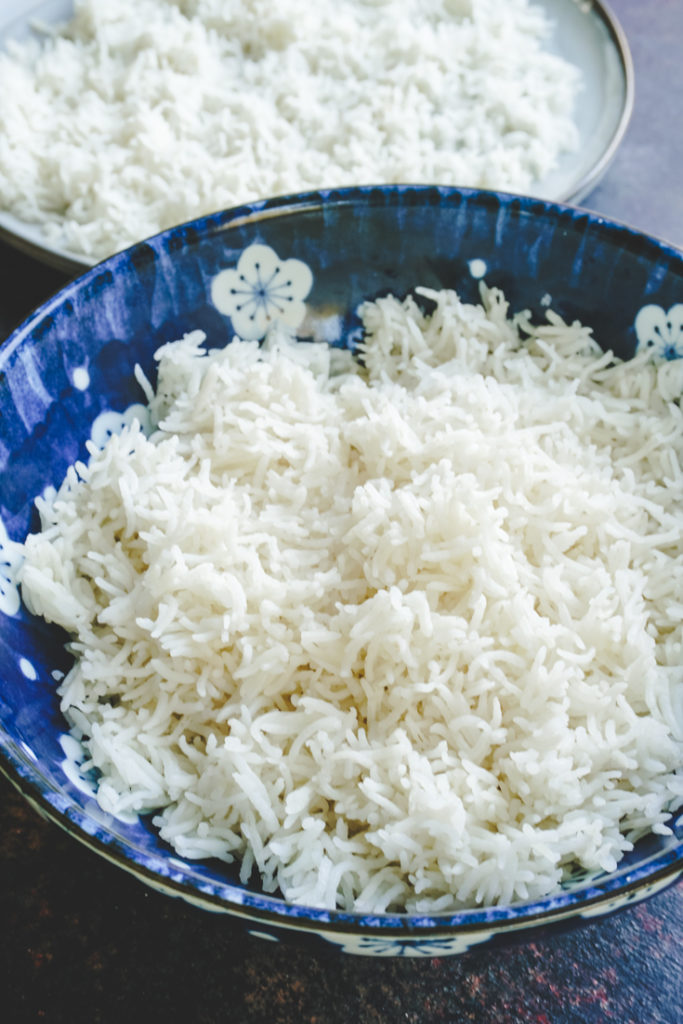
This post contains affiliate links. For more information on this, please refer to my Affiliate and Advertising Disclosure here.
If you love Indian food, you know and probably love Basmati rice. The perfect fragrant rice to eat with all those favorite Indian curries, like Butter Chicken and Dal Makhani. It is also the rice that goes into making the pilafs / pulaos and biryanis.
Now you don't have to wait to order takeout at your favorite Indian restaurant to get some perfectly cooked basmati rice. You can totally make it at home with this recipe.
As with any other food in India, rice is also different in the different regions of the country. Basmati rice is grown in the Northern parts of India and hence consumed more there. In the southern and eastern parts of the country, there are many regional varieties of rice that are grown, like Sona Masoori, Ponni rice, Kerala Matta rice to name a few.
Here is the recipe to cook Kerala Matta rice in the Instant Pot, if you are interested in checking that out.
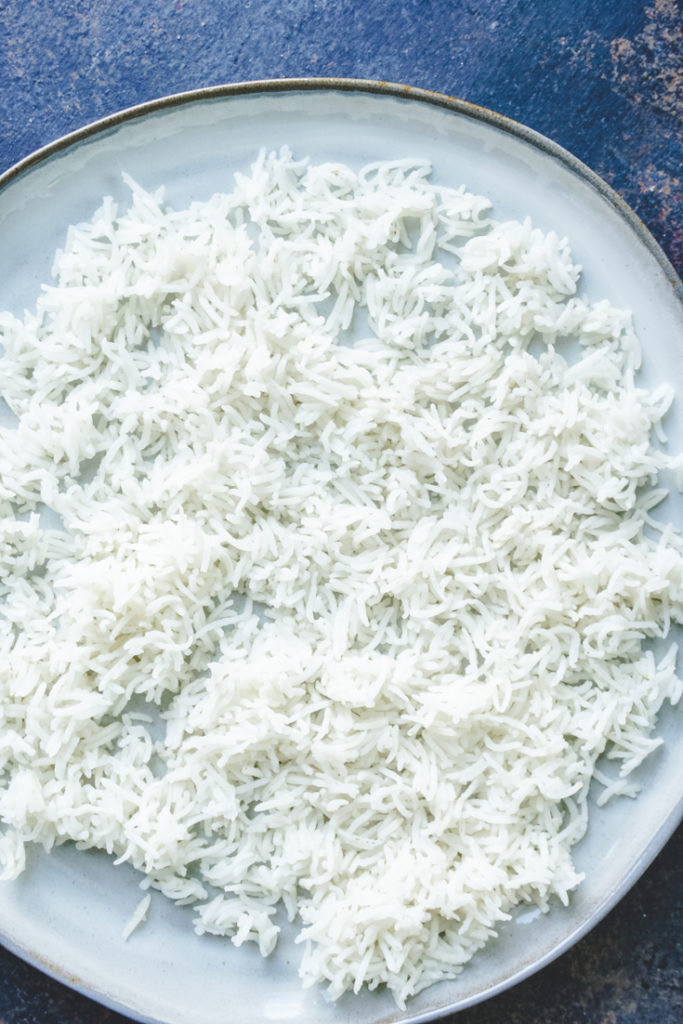
What is basmati rice?
You may have eaten basmati rice but don't know really much about it. That's ok. That is what I am here for, to enlighten your knowledge of your favorite foods, so you know what you are eating and can appreciate it more.
The term Basmati comes from the Hindi language and literally means fragrant. It is a fragrant long grain rice that is cultivated in the Indian subcontinent and the neighboring countries of Pakistan and Bangladesh. The very typical pandan leaf-like flavor of the basmati rice comes from an aroma compound found in the rice. Basmati rice is extremely aromatic with an almost nutty flavor to it.
How to cook basmati rice so it is not sticky?
It is not that hard to get those al dente, separate grains of rice when cooking basmati rice. You just have to pay attention to detail to a few things and you will get it right every time you make it, night after night.
Here are some expert tips to make the perfect non-sticky basmati rice:
- Reduce the starch content - the starch in the rice is what makes it stick together when you cook it. One of the things to keep in mind is to reduce this starch content when cooking basmati rice. Here is how you can do that.
- Soak the rice - soaking the rice for 15-20 mins before you cook it helps remove some of the starch, which in turn helps keep the grains separate.
- Rinse the rice - whether you soak it or not, rinse the rice a few times under cold running water till the water almost runs clear. This gets rid of some of the starch as well. It is not all the time that I remember well ahead or have the time to soak the rice before cooking. And sometimes, I am just plain lazy to do it. In those times, a good rinse is all it needs.
- Rice to water ratio - there are many many ratios out there to cook basmati rice. Here is what I have always used and it works like a charm every single time. For stove top, I use 1:2, rice : water ratio and for the Instant Pot I use a 1:1 ¼ , rice : water ratio.
- Be gentle with the rice - if the grains break, then the chances of them sticking together as they cook is more. Rinse carefully, especially if you are rinsing after a soak. Once you add water to the rice to cook, leave it undisturbed. Even after it is cooked, wait for 5-10 minutes before you do anything to the rice. Even then, gently fluff with a fork or use a soft bendable spatula like a silicone one to gently move the rice around.
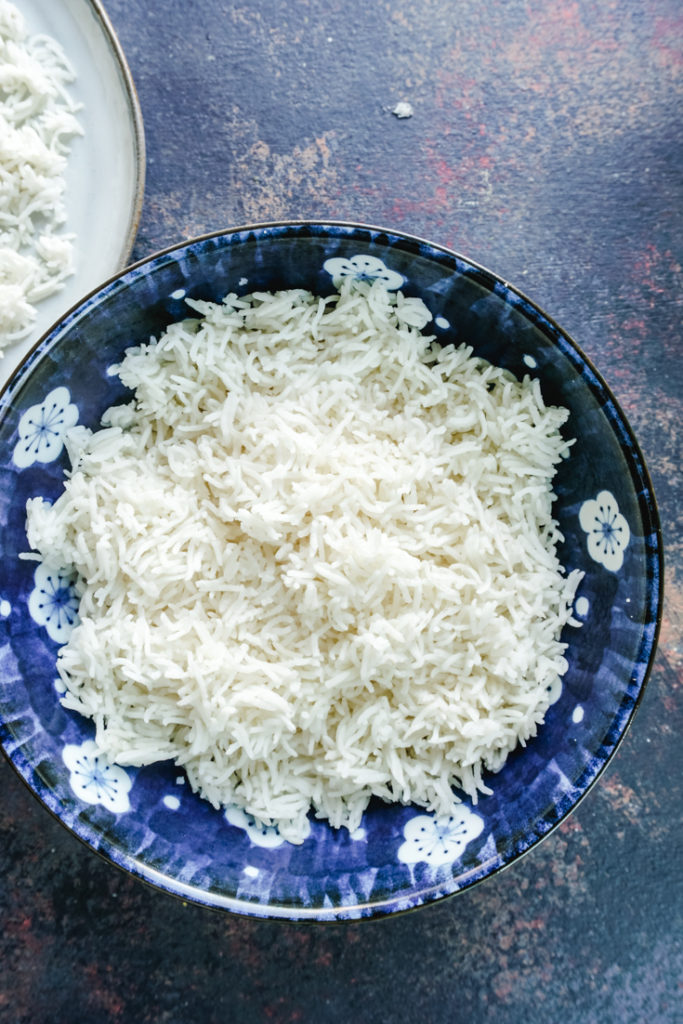
What to do if rice sticks to the bottom and sides of the Instant Pot?
This generally does not happen to me. It usually happens if I let the cooked rice sit in the Instant Pot and let it dry up in the leftover starch coating the pot. So, removing the rice to a bowl or storage container is necessary once it becomes warm and before it cools down completely.
If you still have a problem with the rice sticking to the pot, try spraying the sides and bottom of the pot with cooking spray before you add the rice and water.
If you double the ingredients, do you need to double cooking time?
No, you don't have to do that. Keep the cooking and pressure release time the same. The Instant Pot may take longer to come to pressure, with double the ingredients, that's all.
What brand of Basmati rice is the best?
Everyone has their favorite brand of rice. Any of the more well-known Indian brands work fine and have that distinct fragrance. Daawat, India Gate, Kohinoor and Tilda are all fine brands. Though I have a soft spot for Daawat.
Instant Pot directions for cooking basmati rice
- For the instant pot, I use a rice to water ratio of 1 : 1 ¼ , with 1 cup rice and 1 ¼ cup room temperature water.( if you want rice to be drier than this, use 1:1 ratio. I personally prefer rice that is al dente but also a little softer)
- If soaking rice, soak it and then rinse it. If not just rinse it. Either way rinsing the rice well a few times is absolutely necessary.
- Place the rinsed rice in the steel insert of the Instant Pot. Add the water over it. There is no need to mix the water.
- Set the Instant Pot to pressure cook for 6 mins.
- Wait for a 10 min NPR and then do a quick release of the remaining pressure.
- Once all the pressure has gone, open the lid. Wait for a couple of minutes before you touch the rice. Then slowly fluff with a fork or a silicone spatula. Move this to a serving bowl at this point and close and keep.
Another Instant Pot method is the Pot-in-Pot method (PIP). Here you cook the rice in a separate pan and place it on a trivet inside the inner pot of the Instant Pot. Pour about a cup of water in the inner pot before you do this. For this method, I use a ratio of 1:1 ½ rice to water and set it to pressure cook for 5 mins and do a NPR for 5 mins before I do a quick release. I use this method very rarely though.
Stove Top directions for cooking basmati rice
- For making basmati rice on the stovetop, I use a rice to water ratio of 1 : 2, with 1 cup rice and 2 cups room temperature water. The reason for using more water than in the Instant Pot is that since we are not cooking it closed under pressure, some water will evaporate, so we need more water to make sure that the rice cooks through.
- If soaking rice, soak it and then rinse it. If not just rinse it. Either way rinsing the rice well a few times is absolutely necessary.
- Place the rinsed rice in a heavy bottom pan (use a pan with a lid or make sure you have something else that you can use as a lid to cover the pan). Pour the water over it. Again, there is no need to mix the water and rice.
- Let the water come to a boil. Let it boil with the rice for two minutes.
- After this bring the heat down to the lowest setting. Close the pot with the lid and let the rice cook.
- Once all the water has evaporated, turn off the heat and keep the pot closed for some more time.
- Fluff the rice gently with a fork or a silicone spatula and move it to a serving bowl.
If you love rice, here are a few rice recipes, made in the Instant Pot and on stove top, that you may like
- Spinach Chickpeas Brown Rice Pulao
- Instant Pot Vegetable Pulao
- Paneer Methi Pulao
- Chicken Pulao
- Tomato Rice
- Turmeric Raw Mango Rice
- Instant Pot Rasam Rice
- Instant Pot Sambar Rice
- Basmati Rice with Chickpeas
- Sausage and Egg Fried Rice
📖 Recipe
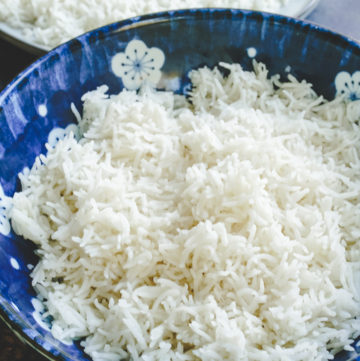
How to cook Basmati Rice
Equipment
- Dutch Oven
Ingredients
- 1 cup basmati rice
- 1 ¼ cups water ( 2 cups water for the stove top method)
Don't forget to check out Step-by-step instructions with photos in the body of the post above
Instructions
Instant Pot Instructions
- For the instant pot, I use a rice to water ratio of 1 : 1 ¼ , with 1 cup rice and 1 ¼ cup room temperature water.
- If soaking rice, soak it and then rinse it. If not just rinse it. Either way rinsing the rice well a few times is absolutely necessary.
- Place the rinsed rice in the steel insert of the Instant Pot. Add the water over it. There is no need to mix the water.
- Close the lid and move the sealing knob to SEALING. Select MANUAL / PRESSURE COOK option. Adjust time to 6 minutes.
- It takes about 10 mins for the Instant Pot to come to pressure and start cooking the rice. This is when it counts down from 6 mins. Once the 6 mins are done, the Instant Pot will beep.
- Wait for 10 mins after the beep, for most of the pressure to release naturally. Then, carefully move the sealing knob to VENT.
- Once all the pressure has gone, open the lid. Wait for a couple of minutes before you touch the rice. Then slowly fluff with a fork or a silicone spatula. Move this to a serving bowl at this point and close and keep.
Stove Top Instructions
- For making basmati rice on the stovetop, I use a rice to water ratio of 1 : 2, with 1 cup rice and 2 cups room temperature water.
- If soaking rice, soak it and then rinse it. If not just rinse it. Either way rinsing the rice well a few times is absolutely necessary.
- Place the rinsed rice in a heavy bottom pan (use a pan with a lid or make sure you have something else that you can use as a lid to cover the pan). Pour the water over it. Again, there is no need to mix the water and rice.
- Let the water come to a boil. Let it boil with the rice for two minutes.
- After this bring the heat down to the lowest setting. Close the pot with the lid and let the rice cook. (about 10 mins)
- Once all the water has evaporated, turn off the heat and keep the pot closed for some more time. You will know this as the rice will get fluffier and there will be little depressions on the surface of the rice in the pot, where water tried to escape as bubbles, as it evaporated and got absorbed into the rice.
- Fluff the rice gently with a fork or a silicone spatula and move it to a serving bowl.
Notes
- Be gentle with the rice - if the grains break, then the chances of them sticking together as they cook is more. Rinse carefully, especially if you are rinsing after a soak. Once you add water to the rice to cook, leave it undisturbed. Even after it is cooked, wait for 5-10 minutes before you do anything to the rice. Even then, gently fluff with a fork or use a soft bendable spatula like a silicone one to gently move the rice around.
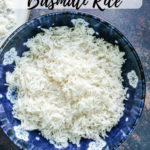
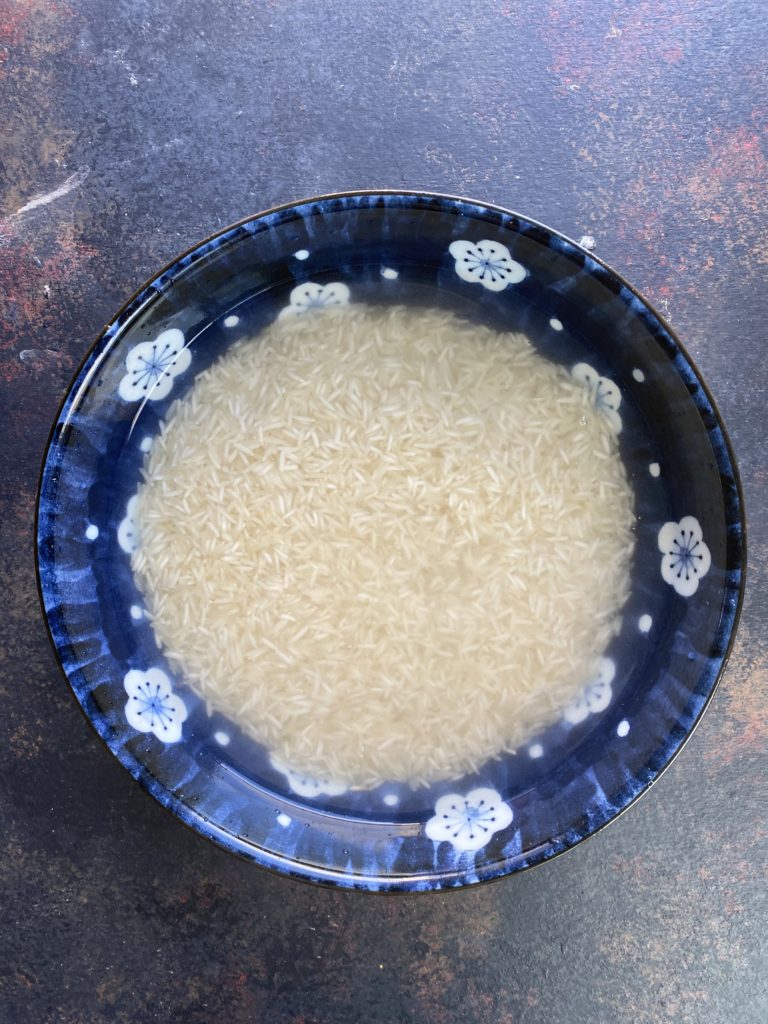
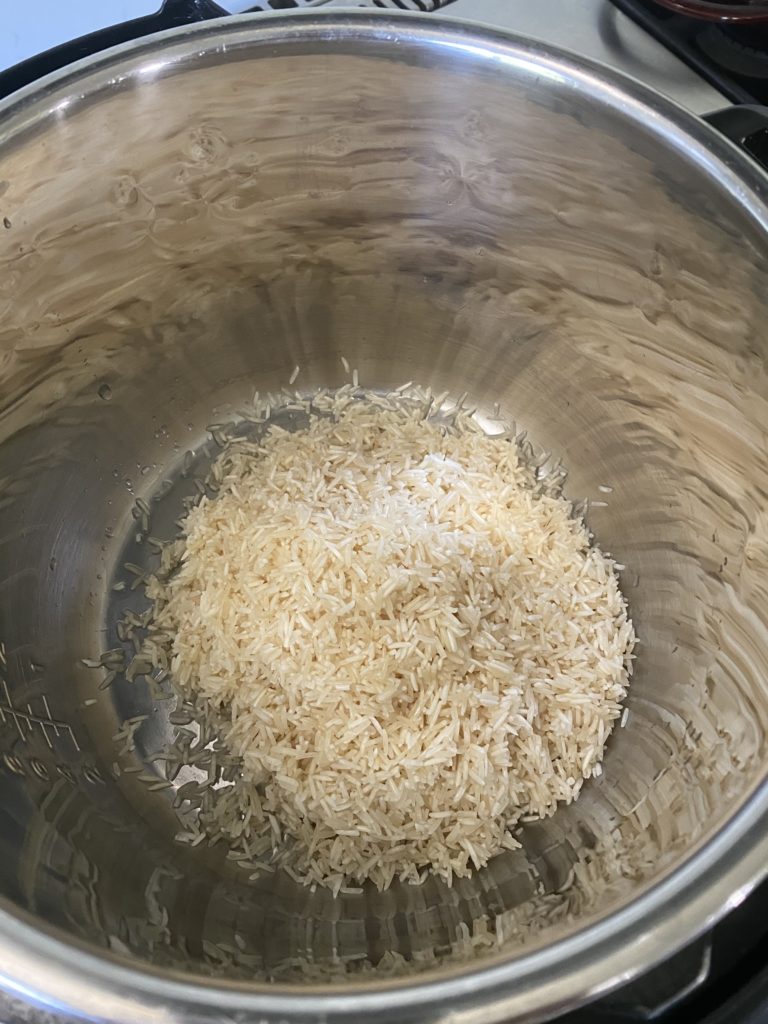
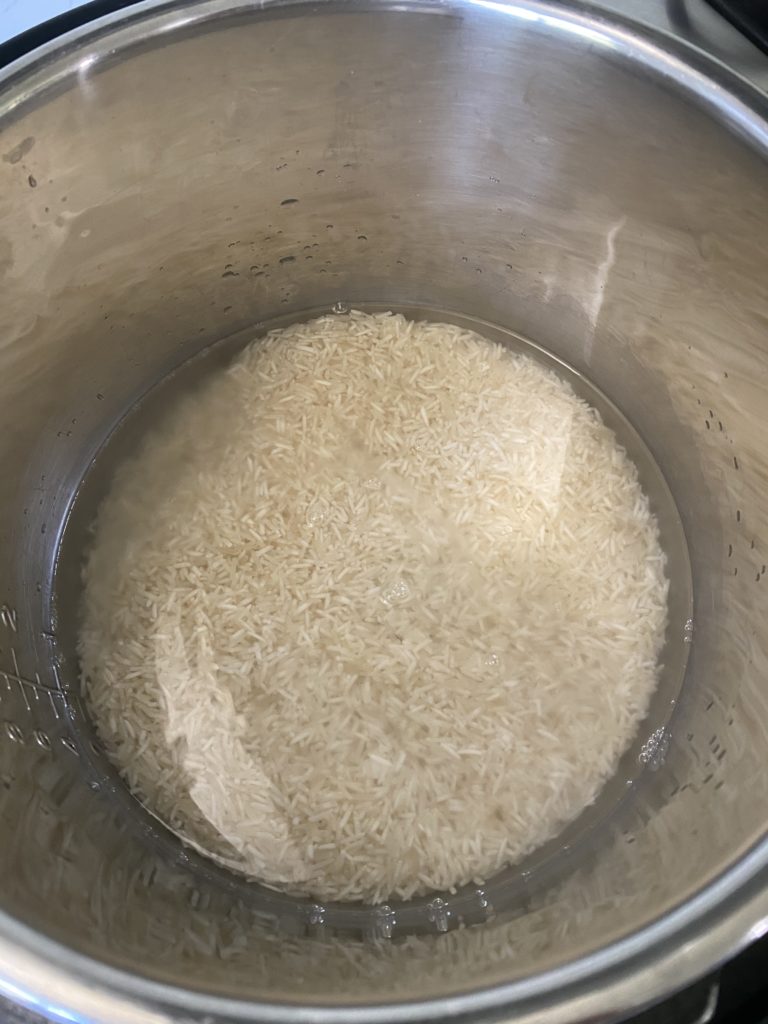
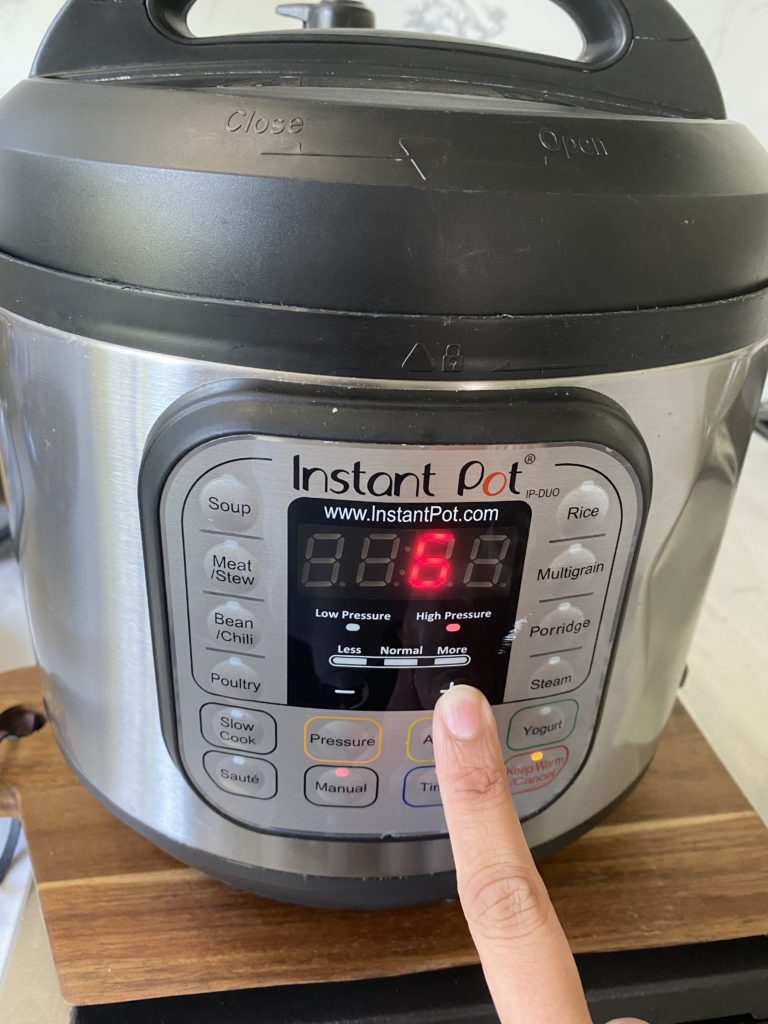
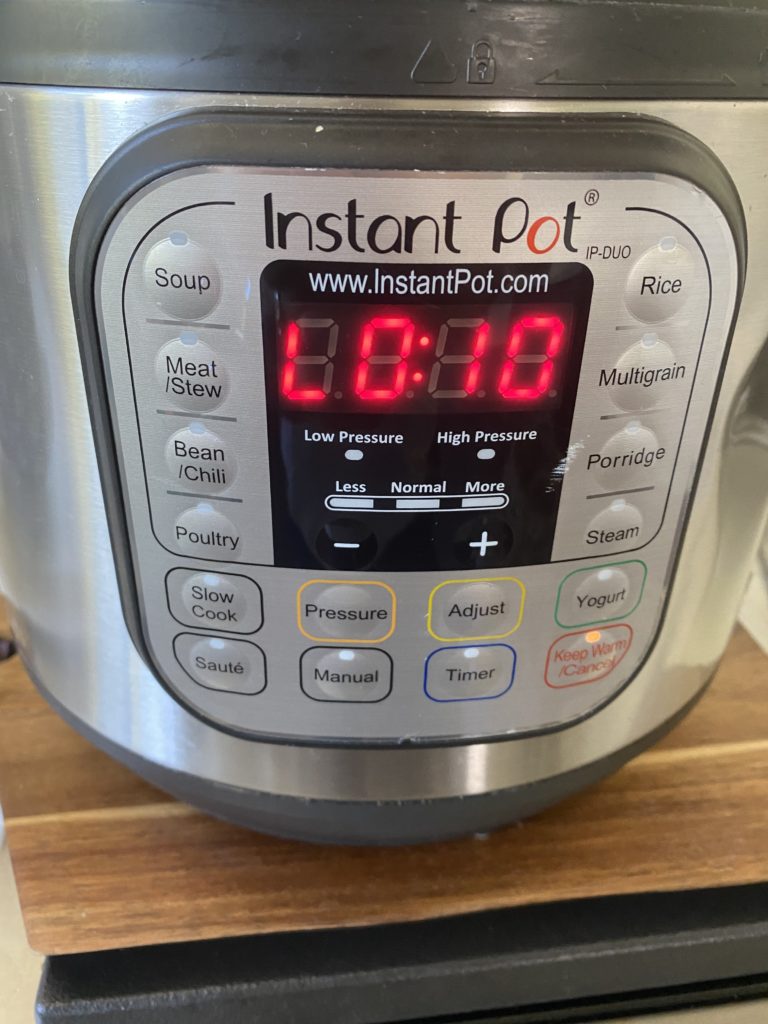

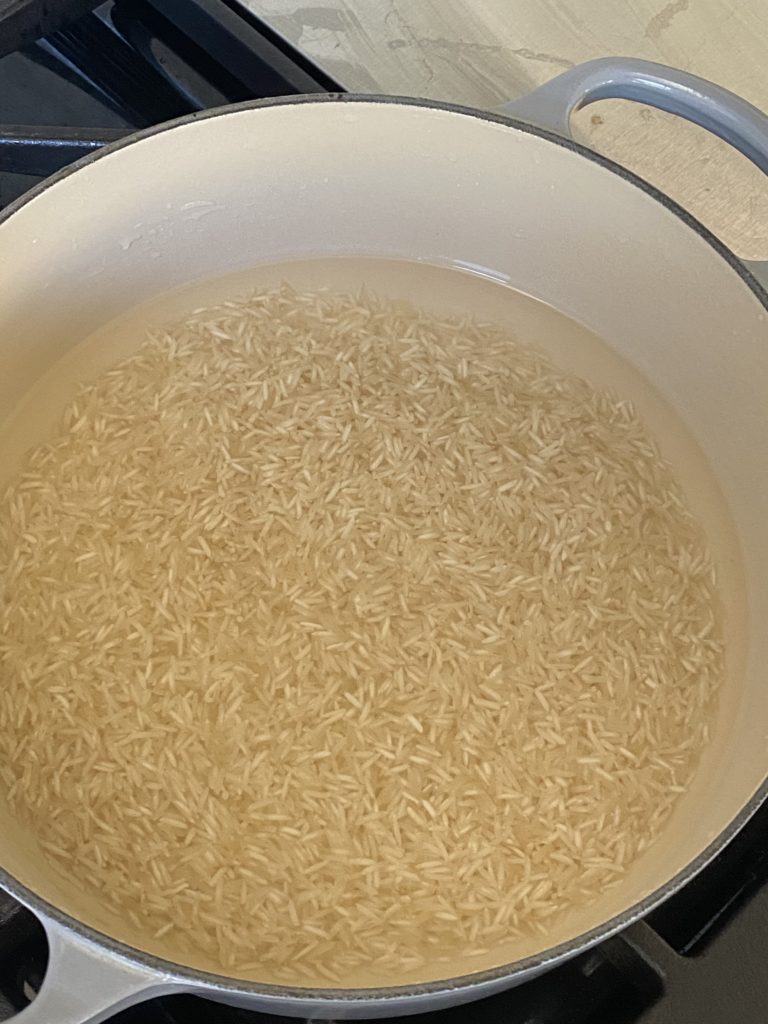
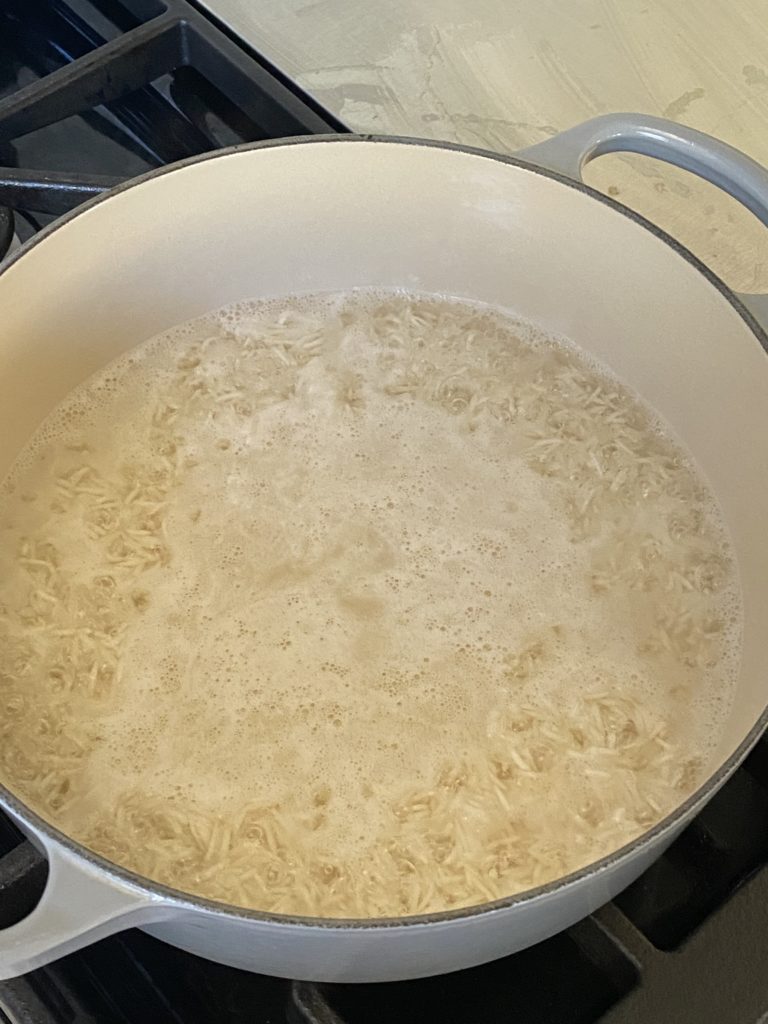
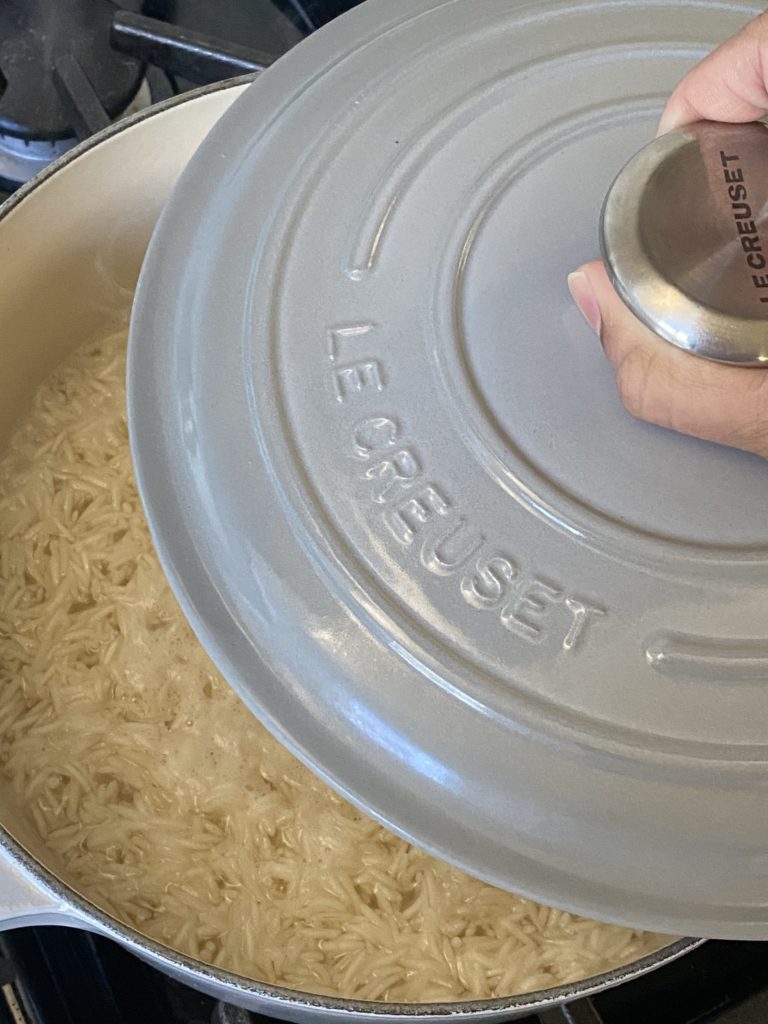
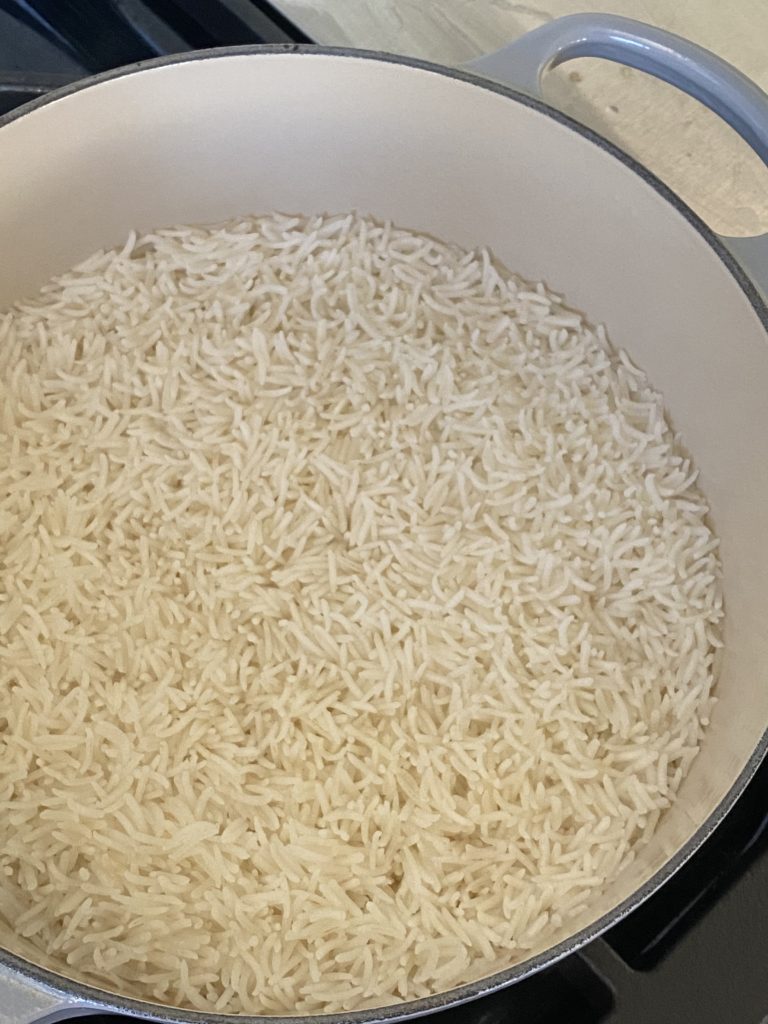
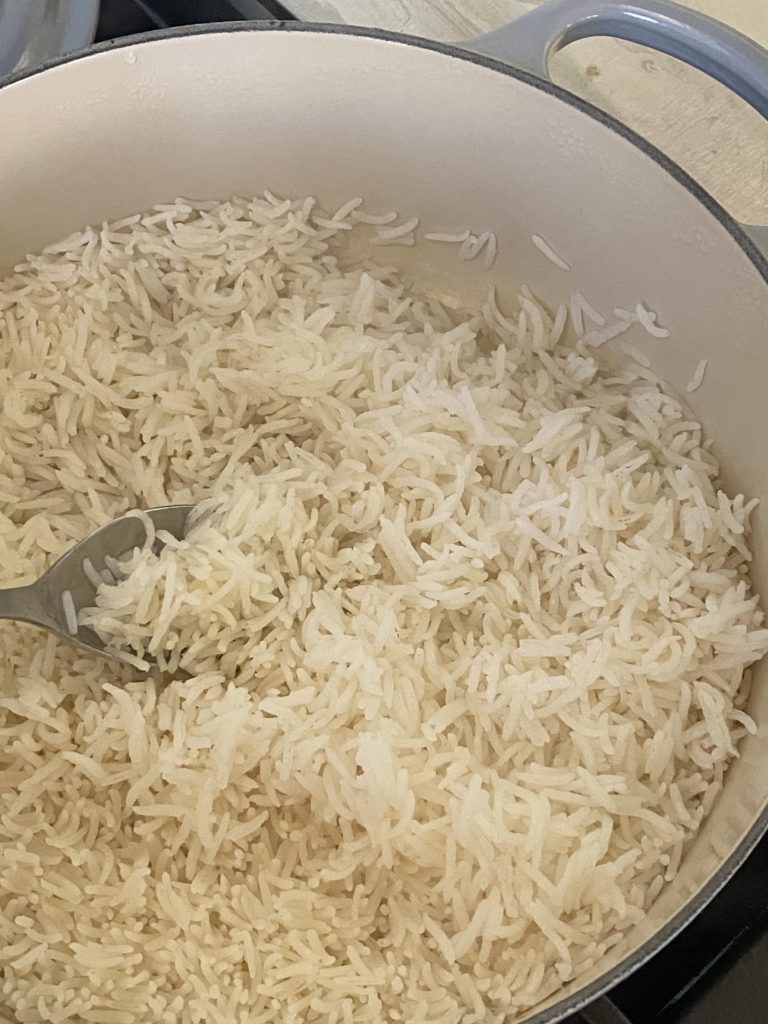
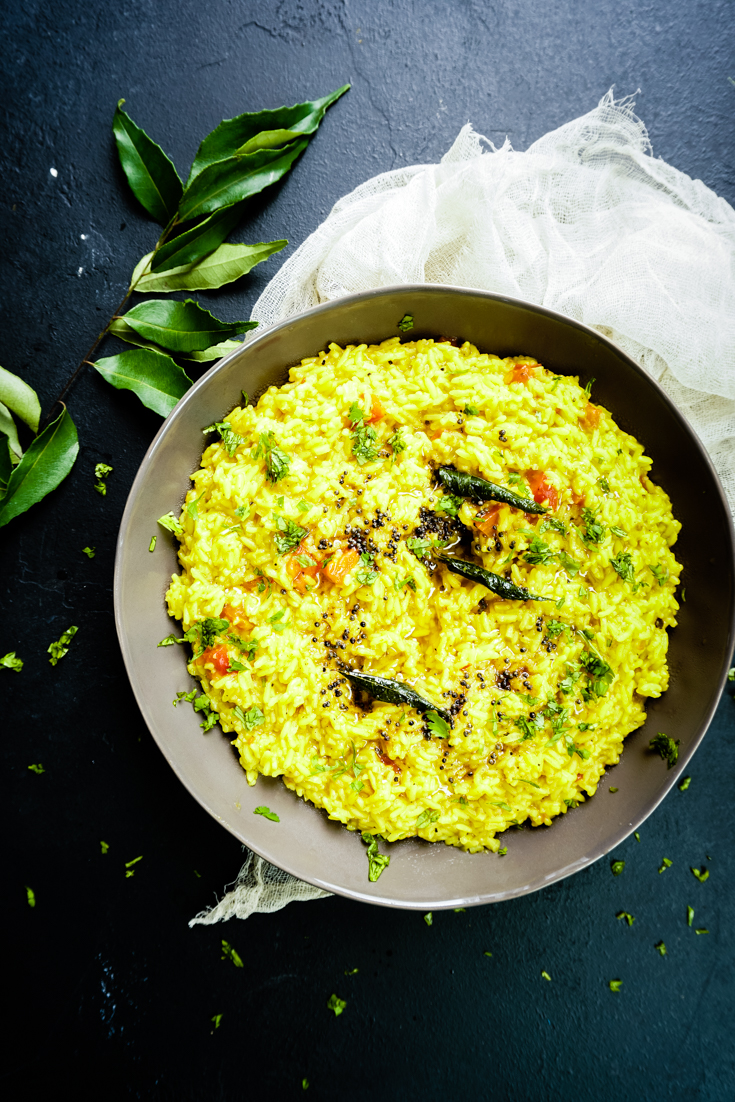
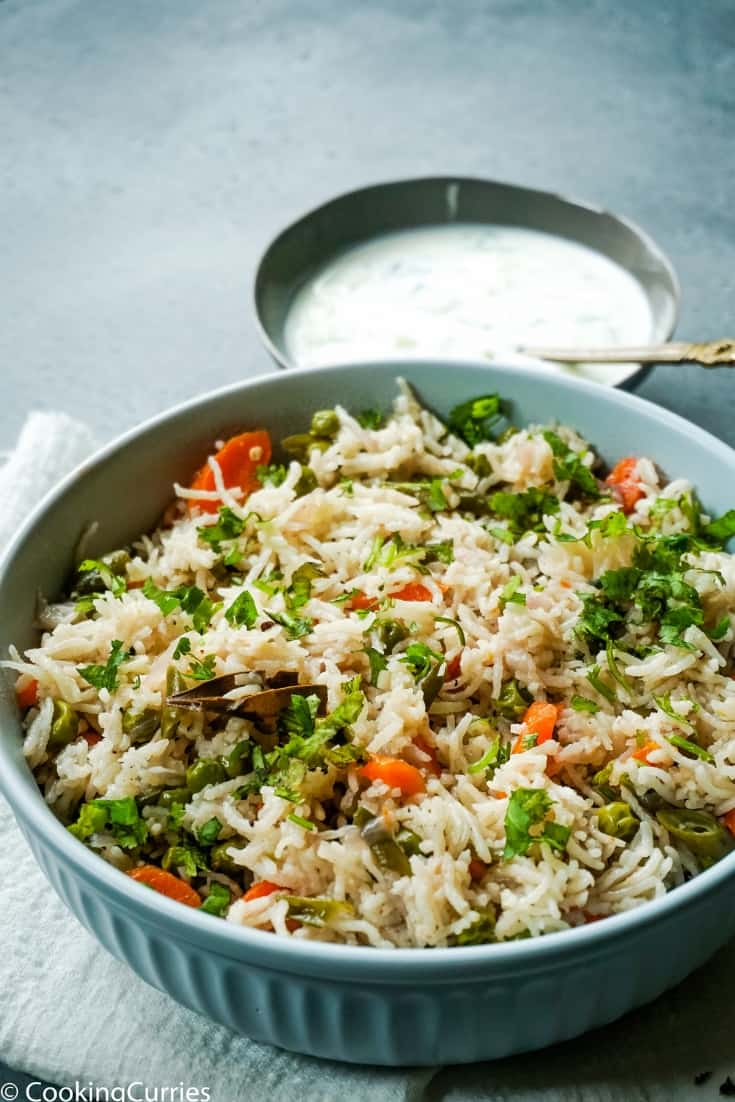
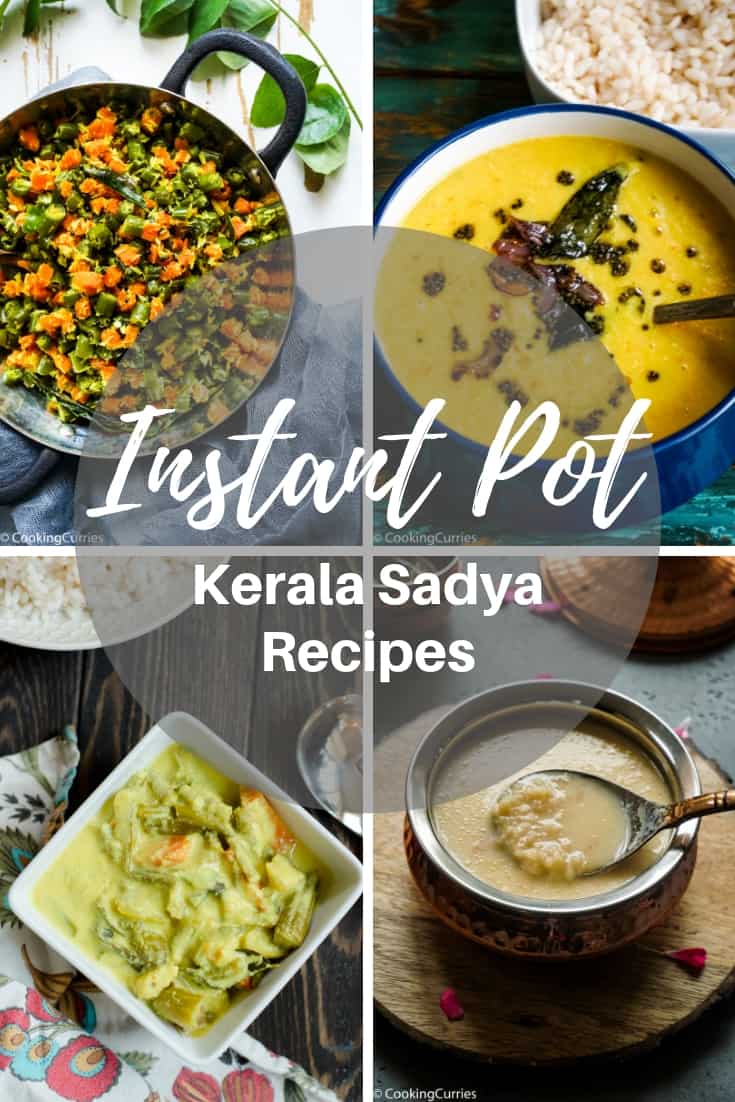
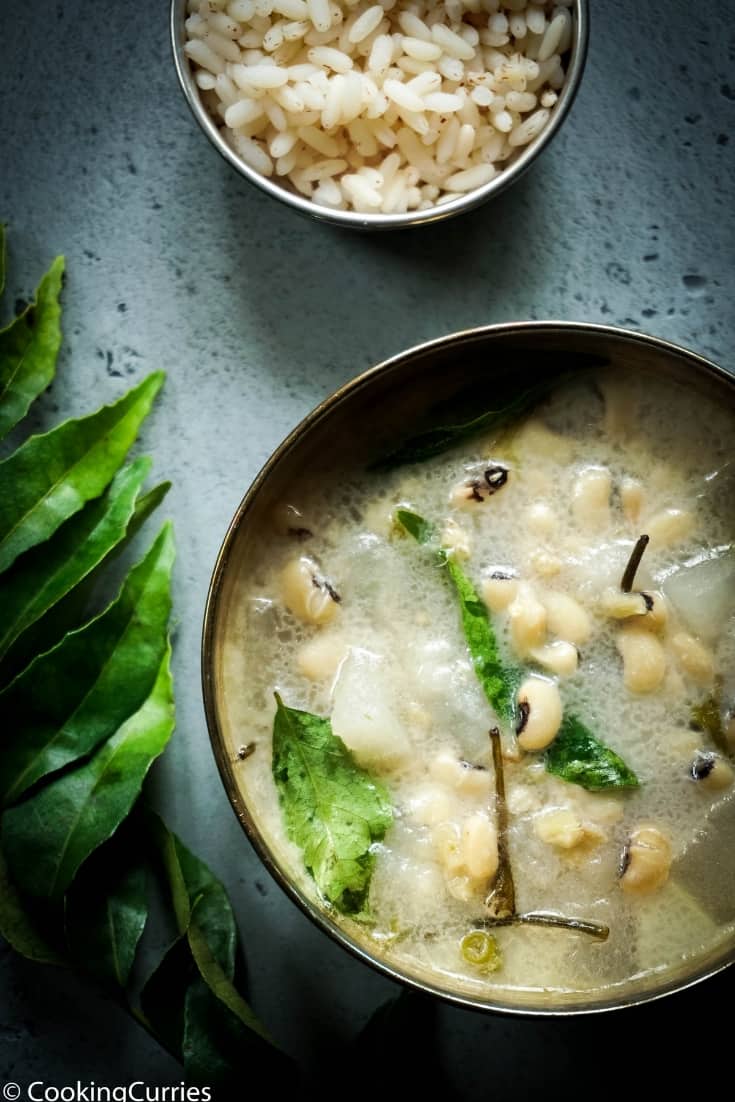

Comments
No Comments